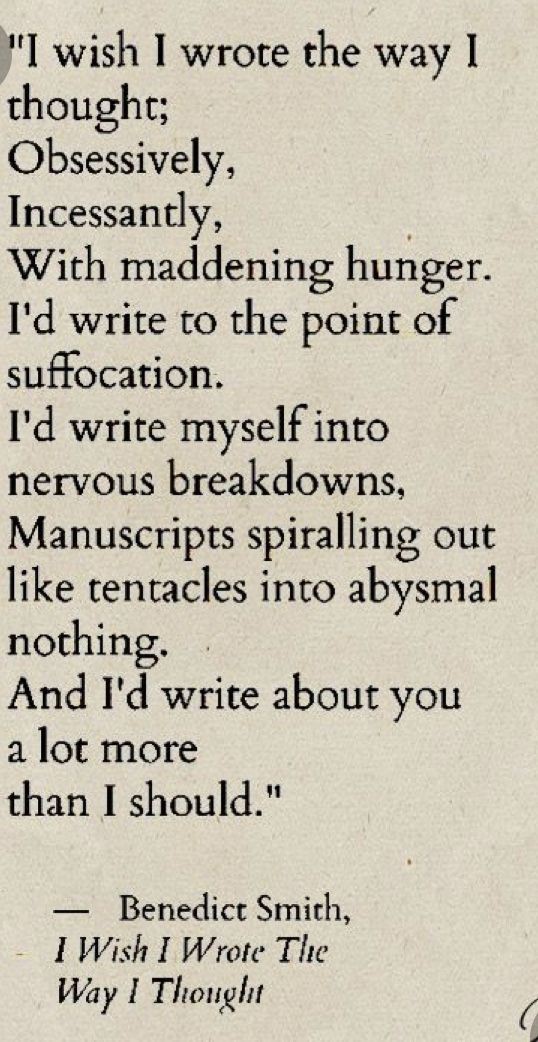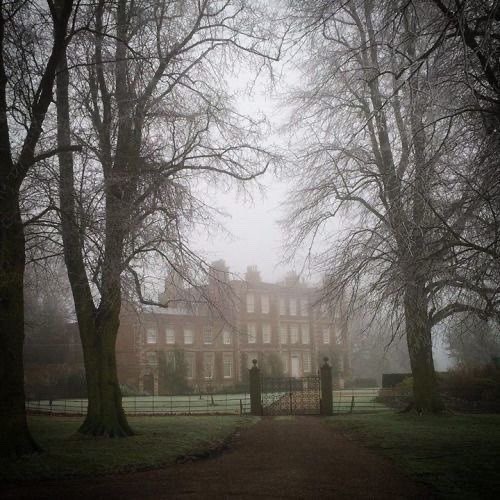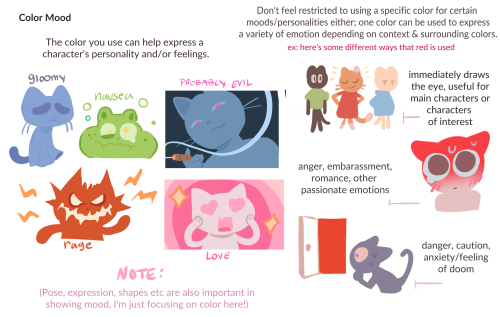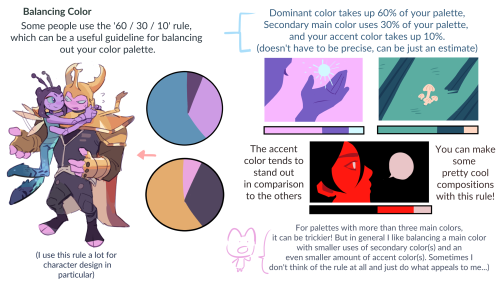Does Anyone Know Where I Can Find Good Reference Images Of Victorian-era Wheelchairs? I Want To Draw
does anyone know where I can find good reference images of victorian-era wheelchairs? I want to draw the jovial contrarian but all the wheelchair art refs/tutorials I can find are for modern wheelchairs
More Posts from Itz-offline and Others
How to show emotions
Part VII
How to show pride
standing tall
expanded posture, opening of the torso
lifted chin, head held high
big and confident smile
looking around to see if people recognize and admire what they are proud of
How to show enthusiasm
big smile and laughter
wide radiant eyes
raised eyebrows
jumping up and down or bouncing
clapping hands
big hand gestures
loud and high pitched voice
speaking quickly
How to show anxiety
not holding/breaking eye contact
fidgeting
heavy breathing
twitching in their face
often a blank stare or looking away
rigid posture
sweaty palms
bouncing their knees
rubbing palms against each other or clothing
How to show playfulness
laughing
giggling
grinning
using a playful tone
making a silly face
touching the other person teasingly
e.g. tickling, nudging, bumping into them
How to show being offended
stiffening up
hard line around the lips
frozen stare
narrowing of the eyes
Part I + Part II + Part III + Part IV + Part V + Part VI
If you like my blog and want to support me, you can buy me a coffee or become a member! And check out my Instagram! 🥰


movie poster






"Side by side, they were very much alike, in similarity less of lineament than of manner and bearing,
a correspondence of gesture which bounced and echoed between them so that a blink seemed to reverberate, moments later, in a twitch of the other's eyelid.
Their eyes were the same color of gray, intelligent and calm. She, I thought, was very beautiful, in an unsettling, almost medieval way which would not be apparent to the casual observer.“
~ Donna Tartt, The Secret History

-: “Can we please just talk?” Post argument make-up talk prompts-:
(You know who needs this? YOU KNOW WHO NEEDS THIS?! AZIRAPHALE AND CROWLEY! *sobs*)
By @me-writes-prompts
"Look, I'm really sorry for shouting at you. I just...I just lost control. But it wasn't your fault, it was me. Please forgive me?"
"We really shouldn't have fought over a piece of dumpling, don't you think so?" "Yeah, that was rather a vague topic to argue over." (Vmin, anyone?)
"I'm really sorry, I wasn't in the right mind and vent it out on you."
"Are you still mad at me? I mean, it's okay if you are. I'm mad at myself, too."
"Can we talk?" "Yeah, yeah. Let's do that."
"I didn't mean to say you're not enough, okay? Because you are, but I am not. I am not enough to appreciate a person like you."
"I really wasn't thinking straight, now was I? I'm sorry. You shouldn't have to put up with my shit. I'll be better for you."
"Are you calm now?" "Yeah, sorry. Needed to take a time out."
Kissing as apologizing but then also expressing it in words.
Angry cuddles, because they are cold. Definitely not because they want the warmth their partner provides.
"That was a really silly argument we had last night, right?" “Hmm, yet we couldn’t stop the topic.” They try to joke.


Jef Bourgeau (American, b.1950) "The River Marsh," 2023




my color tips pdf is now available ! i had a lot of fun with this, i hope you enjoy ^^
BUY HERE or HERE
Show, don’t tell
"Show, don’t tell" means letting readers experience a story through actions, senses, and dialogue instead of outright explaining things. Here are some practical tips to achieve that:
1. Use Sensory Details
Tell: "The room was cold."
Show: "Her breath puffed in faint clouds, and she shivered as frost clung to the edges of the window."
Tell: "He was scared."
Show: "His hands trembled, and his heart thudded so loudly he was sure they could hear it too."
2. Focus on Actions
Tell: "She was angry."
Show: "She slammed the mug onto the counter, coffee sloshing over the rim as her jaw clenched."
Tell: "He was exhausted."
Show: "He stumbled through the door, collapsing onto the couch without even bothering to remove his shoes."
3. Use Dialogue
What characters say and how they say it can reveal their emotions, intentions, or traits.
Tell: "She was worried about the storm."
Show: "Do you think it'll reach us?" she asked, her voice tight, her fingers twisting the hem of her shirt.
4. Show Internal Conflict Through Thoughts or Reactions
Tell: "He was jealous of his friend."
Show: "As his friend held up the trophy, he forced a smile, swallowing the bitter lump rising in his throat."
5. Describe the Environment to Reflect Mood
Use the setting to mirror or hint at emotions or themes.
Tell: "The town was eerie."
Show: "Empty streets stretched into the mist, and the only sound was the faint creak of a weathered sign swinging in the wind."
6. Let Readers Infer Through Context
Give enough clues for the reader to piece things together without spelling it out.
Tell: "The man was a thief."
Show: "He moved through the crowd, fingers brushing pockets, his hand darting away with a glint of gold."
7. Use Subtext in Interactions
What’s left unsaid can reveal as much as what’s spoken.
Tell: "They were uncomfortable around each other."
Show: "He avoided her eyes, pretending to study the painting on the wall. She smoothed her dress for the third time, her fingers fumbling with the hem."
8. Compare to Relatable Experiences
Use metaphors, similes, or comparisons to make an emotion or situation vivid.
Tell: "The mountain was huge."
Show: "The mountain loomed above them, its peak disappearing into the clouds, as if it pierced the heavens."
Practice Example:
Tell: "The village had been destroyed by the fire."
Show: "Charred beams jutted from the rubble like broken ribs, the acrid smell of ash lingering in the air. A child's shoe lay half-buried in the soot, its leather curled from the heat."
-
 locked-and-left-no-sher liked this · 2 weeks ago
locked-and-left-no-sher liked this · 2 weeks ago -
 indigoredbullcap liked this · 2 weeks ago
indigoredbullcap liked this · 2 weeks ago -
 catalllo reblogged this · 2 weeks ago
catalllo reblogged this · 2 weeks ago -
 movienut14 reblogged this · 2 weeks ago
movienut14 reblogged this · 2 weeks ago -
 peltk9 reblogged this · 3 weeks ago
peltk9 reblogged this · 3 weeks ago -
 transorbitalperegrine reblogged this · 3 weeks ago
transorbitalperegrine reblogged this · 3 weeks ago -
 denn1s-lessing liked this · 3 weeks ago
denn1s-lessing liked this · 3 weeks ago -
 marblescollector liked this · 4 weeks ago
marblescollector liked this · 4 weeks ago -
 lunar-lumi liked this · 4 weeks ago
lunar-lumi liked this · 4 weeks ago -
 namenotherenow liked this · 4 weeks ago
namenotherenow liked this · 4 weeks ago -
 chaosinsp reblogged this · 4 weeks ago
chaosinsp reblogged this · 4 weeks ago -
 herearedragons liked this · 1 month ago
herearedragons liked this · 1 month ago -
 royalbeebop liked this · 1 month ago
royalbeebop liked this · 1 month ago -
 windy-dream liked this · 1 month ago
windy-dream liked this · 1 month ago -
 catalina-kachie reblogged this · 1 month ago
catalina-kachie reblogged this · 1 month ago -
 euphreana-reblogs reblogged this · 1 month ago
euphreana-reblogs reblogged this · 1 month ago -
 is-q-a-letter liked this · 1 month ago
is-q-a-letter liked this · 1 month ago -
 flockofteeth liked this · 1 month ago
flockofteeth liked this · 1 month ago -
 delightfullyanonymous liked this · 1 month ago
delightfullyanonymous liked this · 1 month ago -
 control-alt-gay reblogged this · 1 month ago
control-alt-gay reblogged this · 1 month ago -
 control-alt-gay liked this · 1 month ago
control-alt-gay liked this · 1 month ago -
 tiny-planty-grower liked this · 1 month ago
tiny-planty-grower liked this · 1 month ago -
 still-not-a-cat reblogged this · 1 month ago
still-not-a-cat reblogged this · 1 month ago -
 enrichmentformaverick reblogged this · 1 month ago
enrichmentformaverick reblogged this · 1 month ago -
 elvenferretots reblogged this · 1 month ago
elvenferretots reblogged this · 1 month ago -
 musicals-n-cartoons liked this · 1 month ago
musicals-n-cartoons liked this · 1 month ago -
 lore-vigenere reblogged this · 1 month ago
lore-vigenere reblogged this · 1 month ago -
 prodigaldaughteralice reblogged this · 1 month ago
prodigaldaughteralice reblogged this · 1 month ago -
 boomballoonmachine liked this · 1 month ago
boomballoonmachine liked this · 1 month ago -
 tattleneedsbraces liked this · 1 month ago
tattleneedsbraces liked this · 1 month ago -
 blindstargazer liked this · 1 month ago
blindstargazer liked this · 1 month ago -
 gillipop-refs reblogged this · 1 month ago
gillipop-refs reblogged this · 1 month ago -
 twisted-parabola liked this · 1 month ago
twisted-parabola liked this · 1 month ago -
 hopelee0 reblogged this · 1 month ago
hopelee0 reblogged this · 1 month ago -
 last-braincell-standing reblogged this · 1 month ago
last-braincell-standing reblogged this · 1 month ago -
 lila-cherryblossomtree reblogged this · 1 month ago
lila-cherryblossomtree reblogged this · 1 month ago -
 fizzytastic reblogged this · 1 month ago
fizzytastic reblogged this · 1 month ago -
 kdreader02 reblogged this · 1 month ago
kdreader02 reblogged this · 1 month ago -
 silvandar reblogged this · 1 month ago
silvandar reblogged this · 1 month ago -
 silvandar liked this · 1 month ago
silvandar liked this · 1 month ago -
 pillow-fort-blanket-shield liked this · 1 month ago
pillow-fort-blanket-shield liked this · 1 month ago -
 create-moar reblogged this · 1 month ago
create-moar reblogged this · 1 month ago -
 coldcalzone liked this · 2 months ago
coldcalzone liked this · 2 months ago -
 thebumblingbird liked this · 2 months ago
thebumblingbird liked this · 2 months ago -
 a-group-of-crows liked this · 2 months ago
a-group-of-crows liked this · 2 months ago -
 sodaodad reblogged this · 2 months ago
sodaodad reblogged this · 2 months ago -
 superseige liked this · 2 months ago
superseige liked this · 2 months ago -
 noxseraph reblogged this · 2 months ago
noxseraph reblogged this · 2 months ago -
 vixendoe liked this · 2 months ago
vixendoe liked this · 2 months ago -
 spuddy-buddy reblogged this · 2 months ago
spuddy-buddy reblogged this · 2 months ago
